MAGICAL HOUSE PROTECTION
MAGICAL HOUSE PROTECTION
The Archaeology of Counter-Witchcraft
Brian Hoggard

First published in 2019 by
Berghahn Books
www.berghahnbooks.com
2019 Brian Hoggard
All rights reserved. Except for the quotation of short passages for the purposes of criticism and review, no part of this book may be reproduced in any form or by any means, electronic or mechanical, including photocopying, recording, or any information storage and retrieval system now known or to be invented, without written permission of the publisher.
Library of Congress Cataloging-in-Publication Data
Names: Hoggard, Brian, author.
Title: Magical house protection : the archaeology of counter-witchcraft / Brian Hoggard.
Description: First Edition. | New York : Berghahn Books, 2019. | Includes bibliographical references and indexes.
Identifiers: LCCN 2019003734 (print) | LCCN 2019009463 (ebook) | ISBN 9781789202069 (ebook) | ISBN 9781789202052 (hardback : alk. paper)
Subjects: LCSH: Protection magic. | Houses--Miscellanea. | Magic. | Witchcraft.
Classification: LCC BF1623.P75 (ebook) | LCC BF1623.P75 H64 2019 (print) | DDC 133.4/30941--dc23
LC record available at https://lccn.loc.gov/2019003734
British Library Cataloguing in Publication Data
A catalogue record for this book is available from the British Library
ISBN 978-1-78920-205-2 hardback
ISBN 978-1-78920-206-9 ebook

Contents

Illustrations

Acknowledgements
Over the years many people have taken the time to contact me with information about objects or to share their own hard won research. Some people have helped just by being supportive during difficult times. There is every chance I have forgotten to mention someone in the list below who was helpful or otherwise informative since I began this project back in 1999 and to those people I promise a mention in the second edition. To the following people I owe many thanks for generosity of spirit and a willingness to exchange information in an otherwise shark-infested academic world:
Dr Alan Massey, Dr Janet Pennington, June Swann MBE, Jeremy Harte, John Billingsley, Jennie Cobban, Jason Semmens, Matthew Slocombe and all at the Society for the Protection of Ancient Buildings, The Vernacular Architecture Group, Buket Akgn, Daniela vido, Dr Riley Auge, Linda Hall, Patricia Winzar, James Wright, Simon Walker, Marko Manninen, Timothy Easton, Dr David Gaimster, Alan Abbey, Jon Hughett, Linda Wilson, Christopher Binding, Simon Lisney, Chris Manning, Dr Ian Evans, Professor Marshall Becker, Sonja Hukantaival, Adina Huluba, Professor Ronald Hutton, Rainer Atzbach, Nicolas Vernot, Ric Kemp, Matthew Champion, Andy Bentham, Ivan Bunn, Simon Walker, Ioana Repciuc, Alison Fearn, Walter Wheeler, Marc Robben and Alyssa Conary.
I have always tried my best to help people who are interested in the subject and who ask me for material too. I am proud to have shared all of my USA material about horse skulls and witch-bottles with Chris Manning and several others many years ago. Special thanks must go to Dr Riley Auge who gave a lecture on my behalf in the USA and who persuaded me to attend the Medieval Congress in Kalamazoo in May 2008, which was such a fun time.
I would also like to thank all of those curatorial staff and archaeologists who took the time to reply to my huge postal survey way back in 1999. You provided the foundation for this book.

Preface
Hidden within the fabric of buildings all over the world, waiting to be exposed by demolition, renovation or repair, there remains the evidence of magical house protection. These objects and animals were secretly tucked away to act as a layer of protection against all manner of supernatural dangers. Some of these ideas persist, with many examples from the twentieth century on record. In addition to objects like shoes, cats, bottles and horse skulls, people would also conceal written charms and inscribe markings designed to invoke the protection of the Virgin Mary or to distract the attention of evil spirits.
Some of these practices can be clearly traced back to medieval times and for others we only have substantial amounts of evidence from the seventeenth century onwards. Part of the reason for this is simply down to the quantity of buildings from the period which have survived, another part will be due to the survival of the materials over time. Marks on stone would normally be far more durable than a piece of paper tucked between beams or a cat wedged in a roof space.
The advent of the printing press and the dissemination of frightening tales regarding witchcraft likely raised awareness and fears, leading to the popularisation of counter-witchcraft practices such as these. Clearly the period of the witch trials, which varies in different countries but broadly occurred between the sixteenth and eighteenth centuries, also had an impact on the need for personal spiritual protection.
The fairly arbitrary divide between the work of archaeologists and historians means that in the history of witchcraft there has only been the occasional nod towards this physical evidence. This is mainly due to the fact that, with the exception of witch-bottles, there is no contemporary written evidence for these practices. It is quite striking how absent this mass of physical evidence regarding peoples beliefs about witchcraft and the supernatural is from the large body of work which is out there about the history of witchcraft. What we tend to see in those books (but not all) is a concentration on trial records where elite beliefs about witchcraft are imposed upon accused and accusers, producing a distorted account of supposed witchcraft, often based on false accusations in the first place. It is all fascinating to read about but, essentially, the witch trials may teach us a lot but they are not necessarily the best place to look for information about what ordinary people thought about witchcraft.
This subject area fell into the gaps between the disciplines of history and archaeology with historians not wanting to address artefacts for which there were no records (except for witch-bottles) and archaeologists (with a few notable exceptions) not treating these objects seriously when found in otherwise very interesting standing buildings. I have spoken to many archaeologists who have told me anecdotes of finding bottles, shoes and cats which did not find their way into archives or dig reports.
The other issue which has always affected this topic is that the main finders of the artefacts are builders who are not always in the best situation to record and report the objects they find. Many objects end up in the builders skip or for sale on the black market. To their credit, however, a large number of objects they encounter do find their way into local museums where it then depends on the diligence of the member of staff and their collections policy as to whether the finds are properly accessioned and interpreted. One independent museum I visited had a box of old shoes and fragments of bellarmines which people had brought in, but they had not recorded the address of the properties, their context within the building or even the name of the finder. Most museums are professional of course and uphold good standards in this regard but that case was not entirely unusual.
Next page


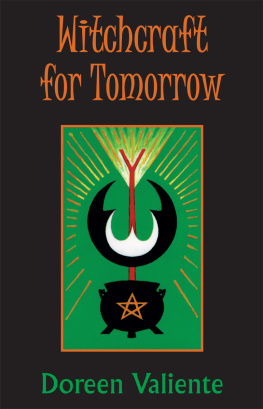
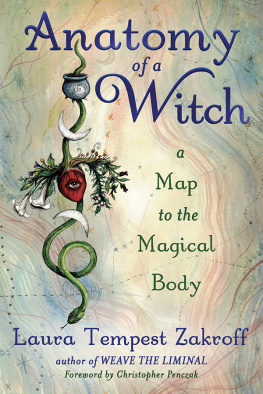
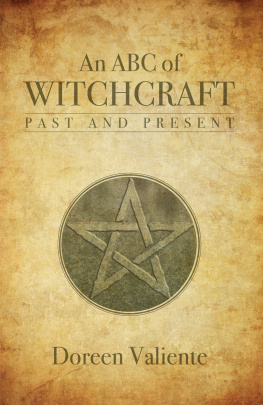
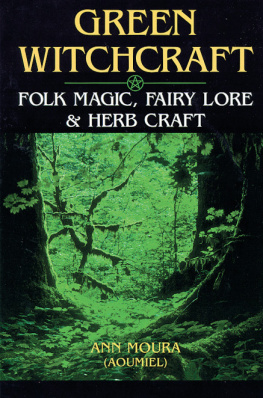
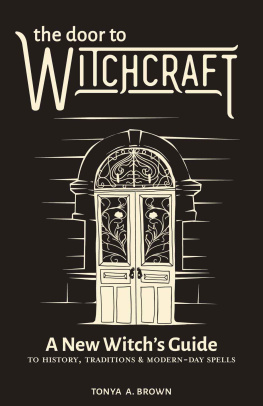
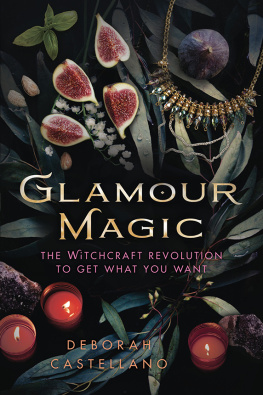
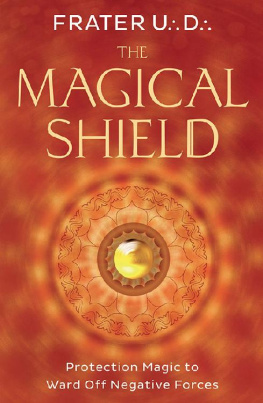

 Contents
Contents